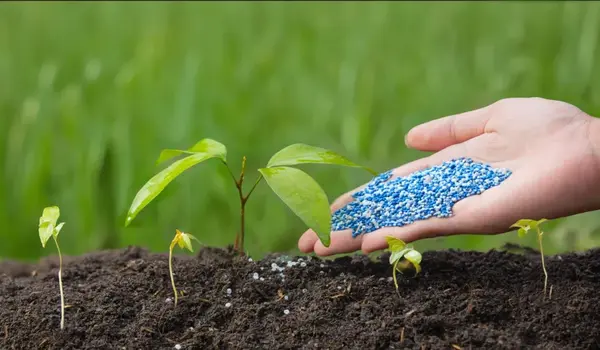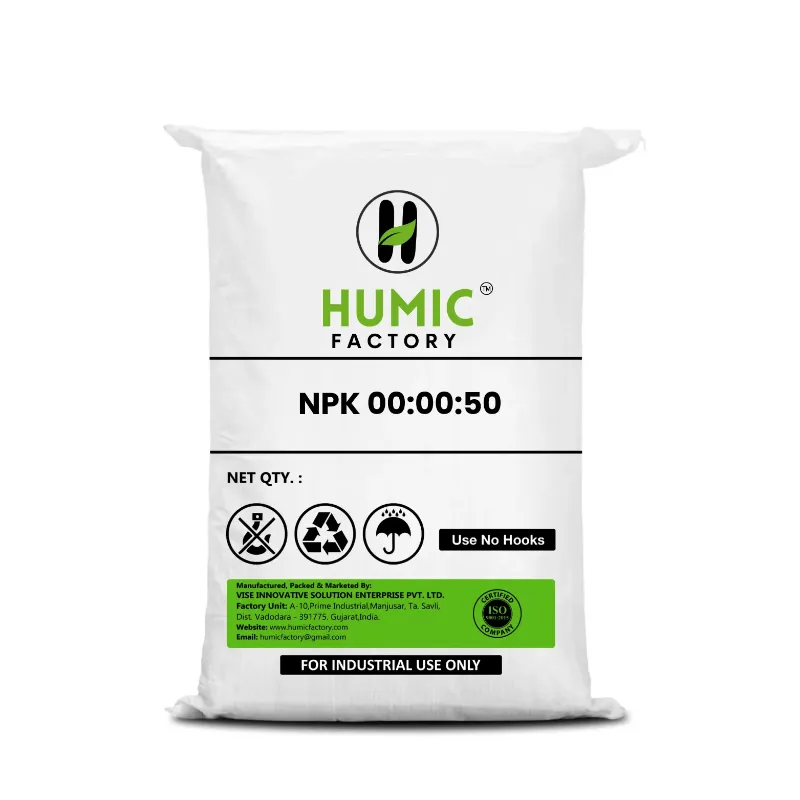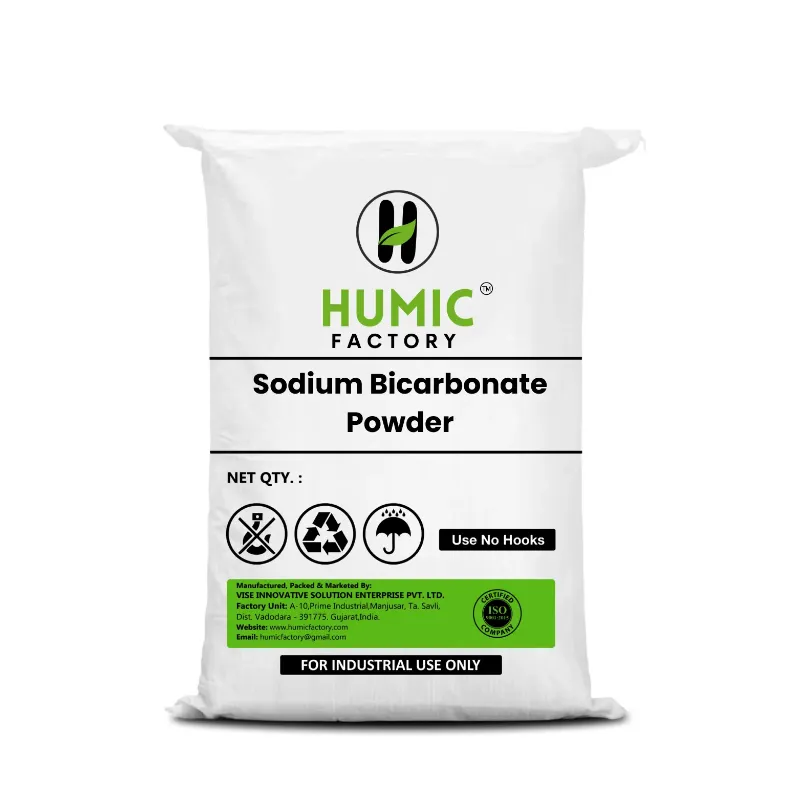When it comes to growing healthy and vibrant plants, choosing the right fertilizer is crucial. One common choice is NPK 19:19:19, a balanced fertilizer that many gardeners swear by. But is it suitable for all soil types? In this blog, we'll explore the characteristics of NPK 19:19:19 and see how it stacks up for different soil conditions. Understanding NPK 19:19:19 Fertilizer NPK 19:19:19 is a type of balanced fertilizer, meaning it contains equal parts of the three essential nutrients that plants need: Nitrogen (N), Phosphorus (P), and Potassium (K). Each of these nutrients plays a vital role in plant health: Nitrogen helps plants grow lush and green by promoting leafy development. Phosphorus supports strong root development and flowering. Potassium aids in overall plant health and helps with disease resistance. With each nutrient present at 19%, this fertilizer provides a well-rounded nutrient boost, which can be beneficial for many plants. Soil Types and Their Needs Not all soils are created equal. Soil types vary in their texture, structure, and nutrient content, and understanding these differences is key to successful gardening. Here’s a quick rundown of common soil types: Sandy Soil: Drains quickly and is low in nutrients. Plants in sandy soil often require more frequent feeding. Clay Soil: Retains water well but can be heavy and prone to compaction. It’s usually high in nutrients but may need amendments to improve drainage and structure. Loamy Soil: A balanced mix of sand, silt, and clay, loamy soil is ideal for most plants. It’s rich in nutrients and drains well. Silt Soil: Fine particles make it smooth and fertile but can become waterlogged easily. Sandy soil is often low in nutrients and tends to drain quickly, which can be a challenge for plants. Since NPK 19:19:19 is a balanced fertilizer, it can be quite effective in sandy soil. The balanced nutrient profile helps ensure that plants receive an even distribution of essential nutrients, promoting healthy growth. However, because sandy soil drains quickly, the nutrients from the fertilizer can leach out faster. To combat this, gardeners using NPK 19:19:19 on sandy soil might need to apply it more frequently or in smaller doses to maintain optimal nutrient levels. NPK 19:19:19 and Clay Soil Clay soil holds water and nutrients well, which is great for plant growth, but it can also become compacted and poorly aerated. NPK 19:19:19 can still be beneficial here, providing a balanced nutrient profile that supports healthy plant growth. One thing to watch for in clay soil is over-fertilization. The high nutrient retention can lead to an accumulation of fertilizers, which might harm plants if not managed properly. It's wise to follow recommended application rates and avoid excessive use. NPK 19:19:19 and Loamy Soil Loamy soil is often considered the ideal soil type because it offers a good balance of drainage, nutrient content, and structure. NPK 19:19:19 works exceptionally well in loamy soil, as the balanced nutrient profile complements the soil’s natural fertility. In loamy soil, NPK 19:19:19 helps to maintain plant health and promote robust growth without the need for frequent reapplication. This makes it a great choice for gardeners who want a reliable, all-around fertilizer. NPK 19:19:19 and Silt Soil Silt soil, while fertile, can be prone to becoming waterlogged. The balanced nutrients in NPK 19:19:19 can support healthy plant growth in silt soil, but it’s important to manage moisture levels carefully. Since silt soil retains moisture well, there is less risk of nutrient leaching. However, over-fertilizing can still be a concern. Using NPK 19:19:19 in moderation and adjusting based on plant needs can help avoid any issues. Best Practices for Using NPK 19:19:19 Regardless of your soil type, there are some best practices to follow when using NPK 19:19:19: Soil Testing: Before applying any fertilizer, it’s a good idea to test your soil. This helps determine if any specific nutrients are lacking or in excess. Application Rates: Follow the recommended application rates for NPK 19:19:19 to avoid over-fertilization. More isn’t always better. Timing: Apply fertilizer at the right time of year for your plants. Many plants benefit from fertilization during their active growing season. Monitoring: Keep an eye on your plants’ growth and health. Adjust your fertilizer routine if you notice any signs of nutrient deficiencies or excesses. NPK 19:19:19 is a versatile and balanced fertilizer that can be used across various soil types, from sandy to clay. Its balanced nutrient profile supports plant health and growth effectively. However, the key to success with any fertilizer is understanding your soil’s unique characteristics and adjusting your fertilization practices accordingly. Whether you’re working with sandy, clay, loamy, or silt soil, NPK 19:19:19 can be a valuable tool in your gardening arsenal. By following best practices and paying attention to your soil and plants’ needs, you can ensure a thriving and beautiful garden all year round. Happy gardening!NPK 19:19:19 and Sandy Soil
Conclusion


Submit your contact number to receive exclusive updates
Something went Wrong Please try again!!!
Bulk Purchase
Get Bulk Discount
Get Discount Code now
फोन नंबर सबमिट करे और ऑफर पाए
We believe farming is hard. This is our attempt to support farmers. Submit your contact details to receive a discount and other offers from Humic Factory.

Recommended Products
COPYRIGHT © 2024. All Rights Reserved By Humic Factory


